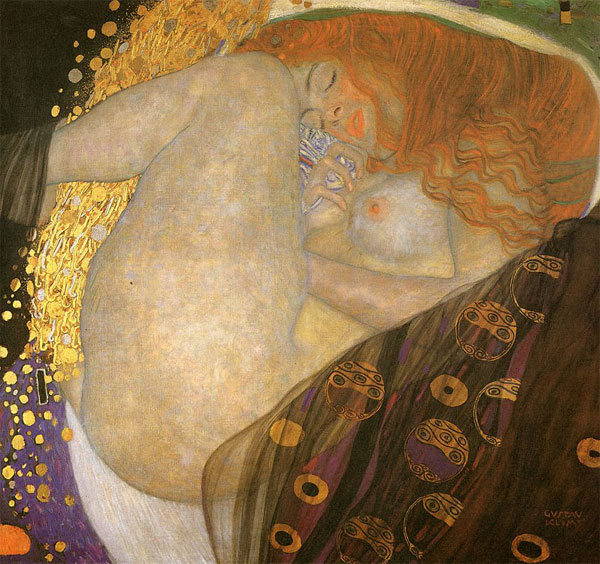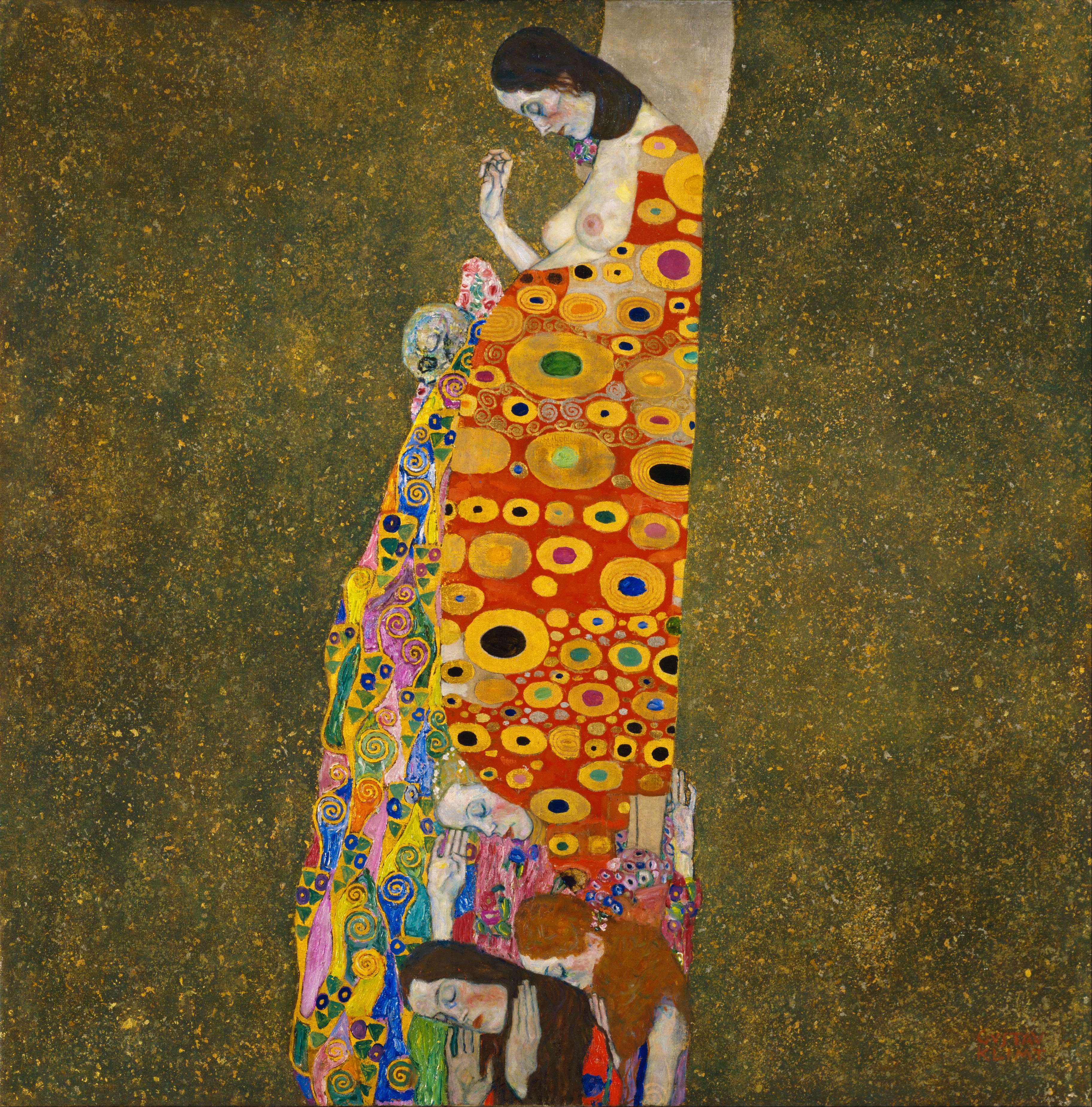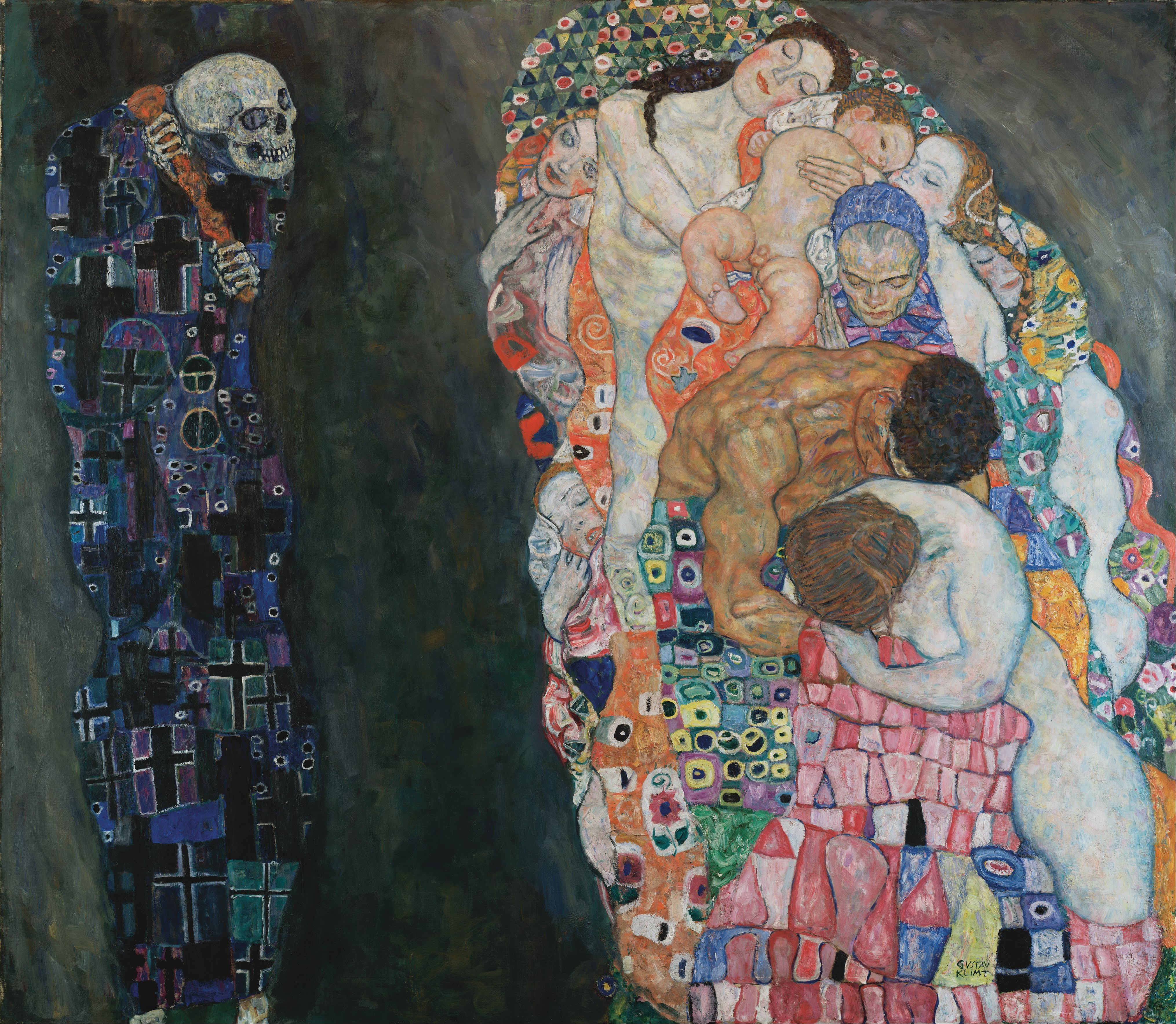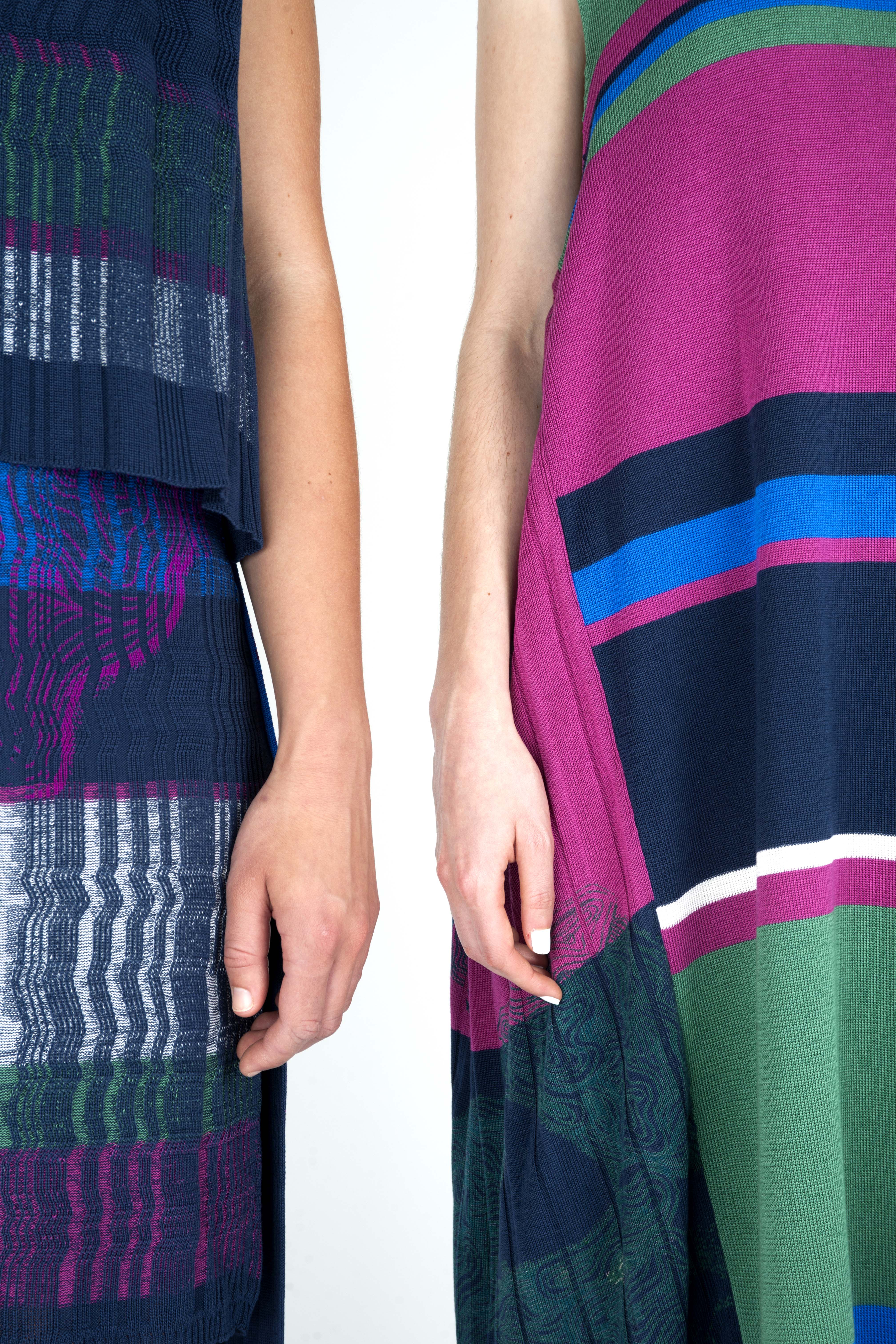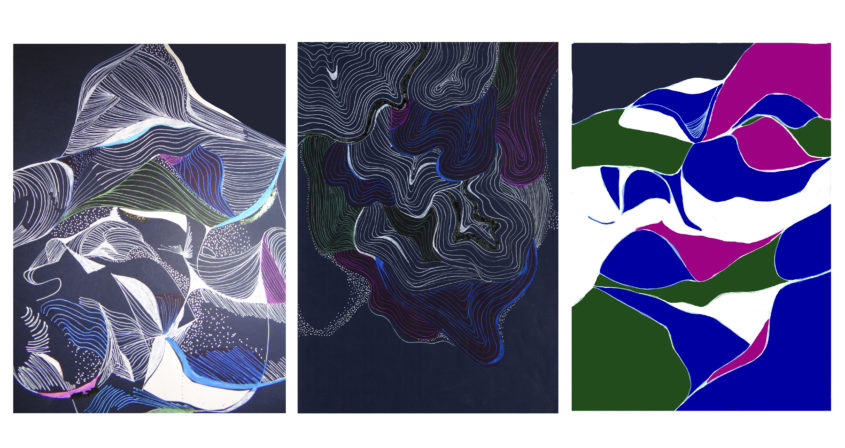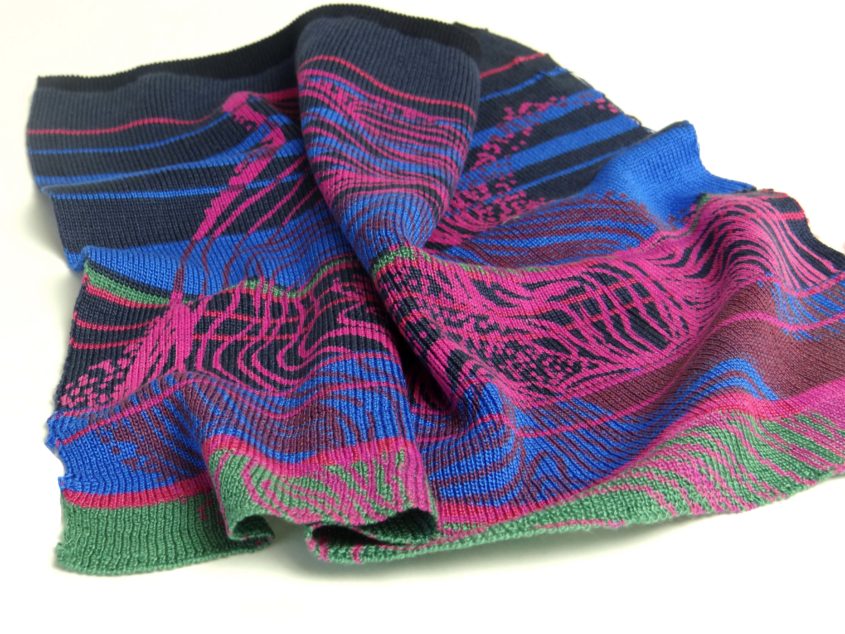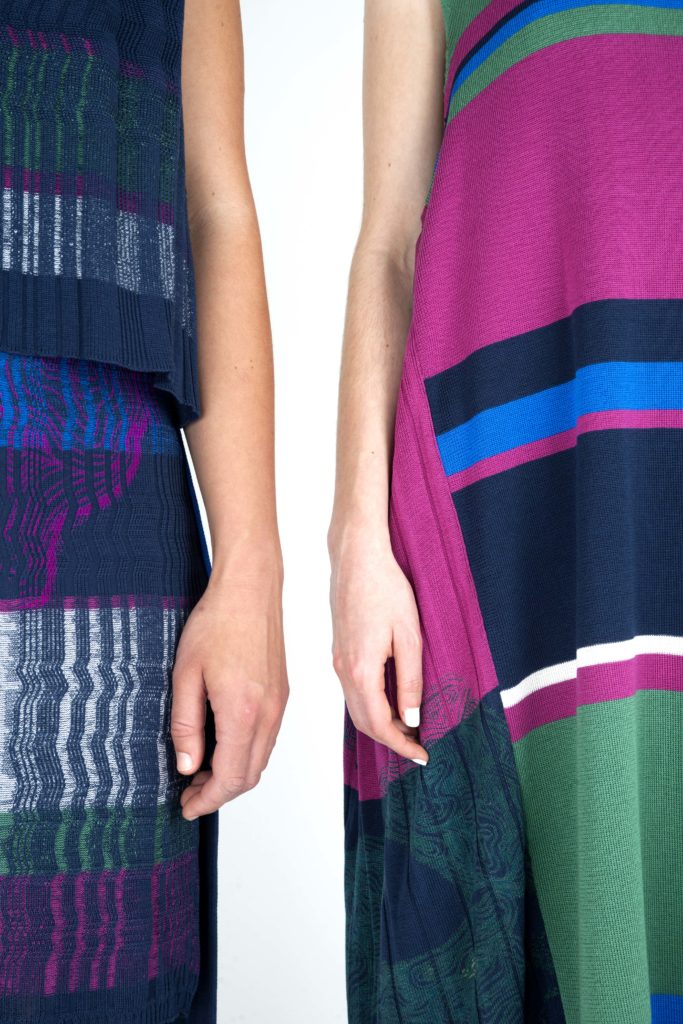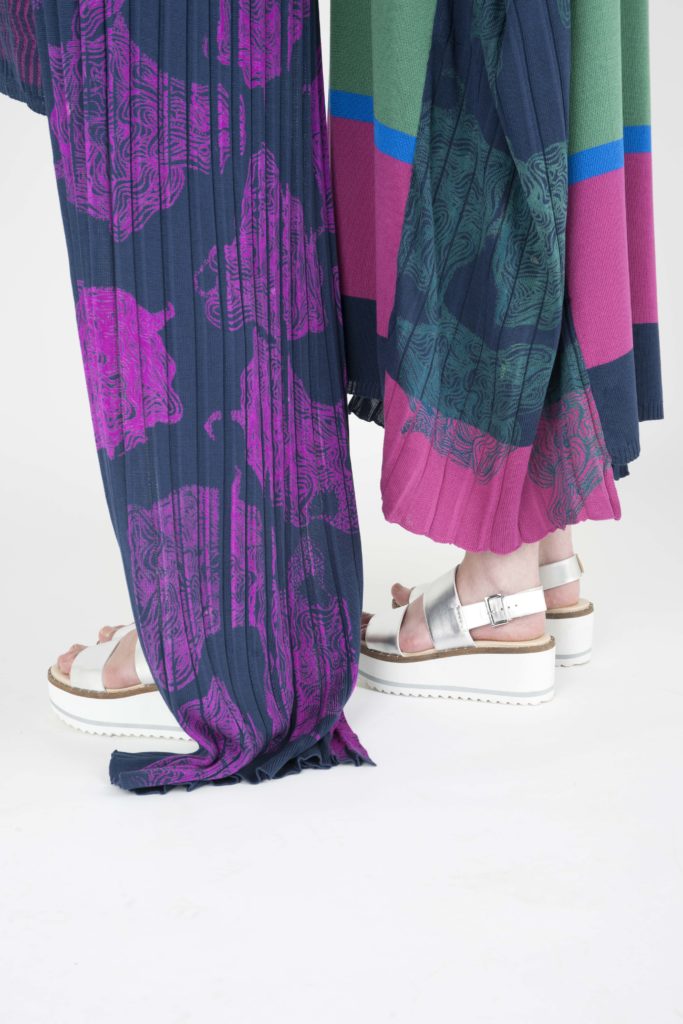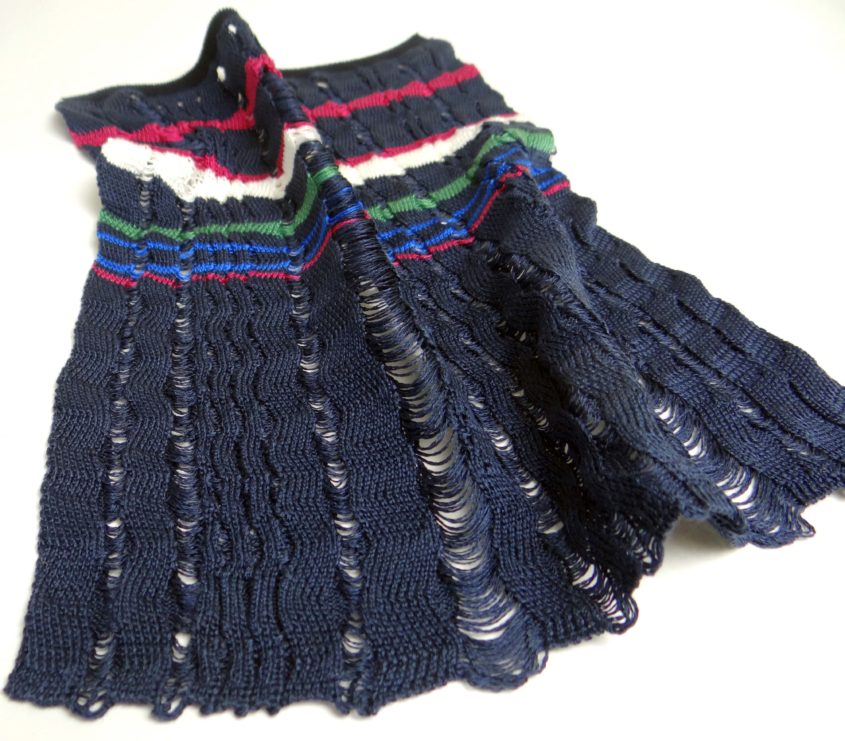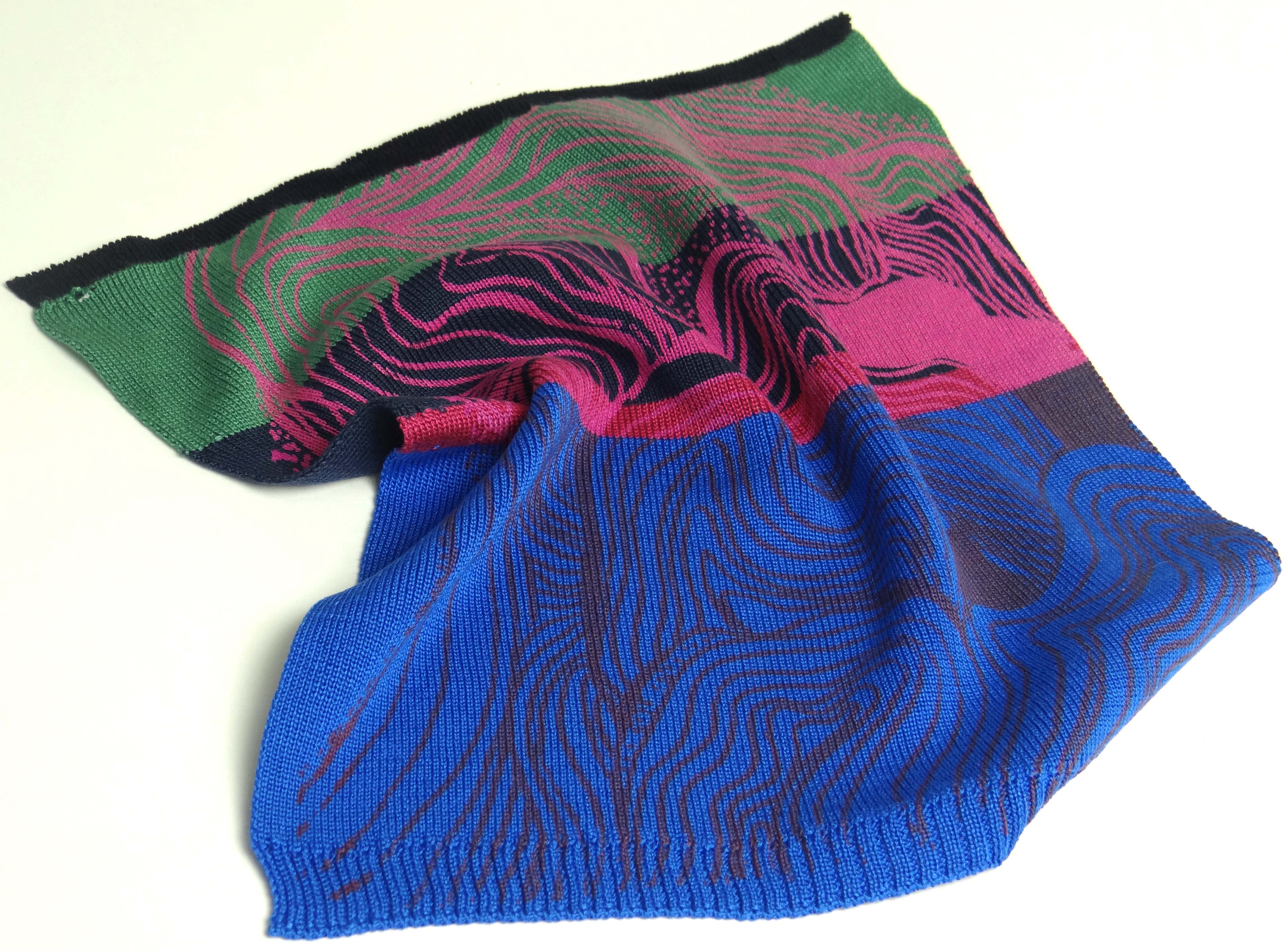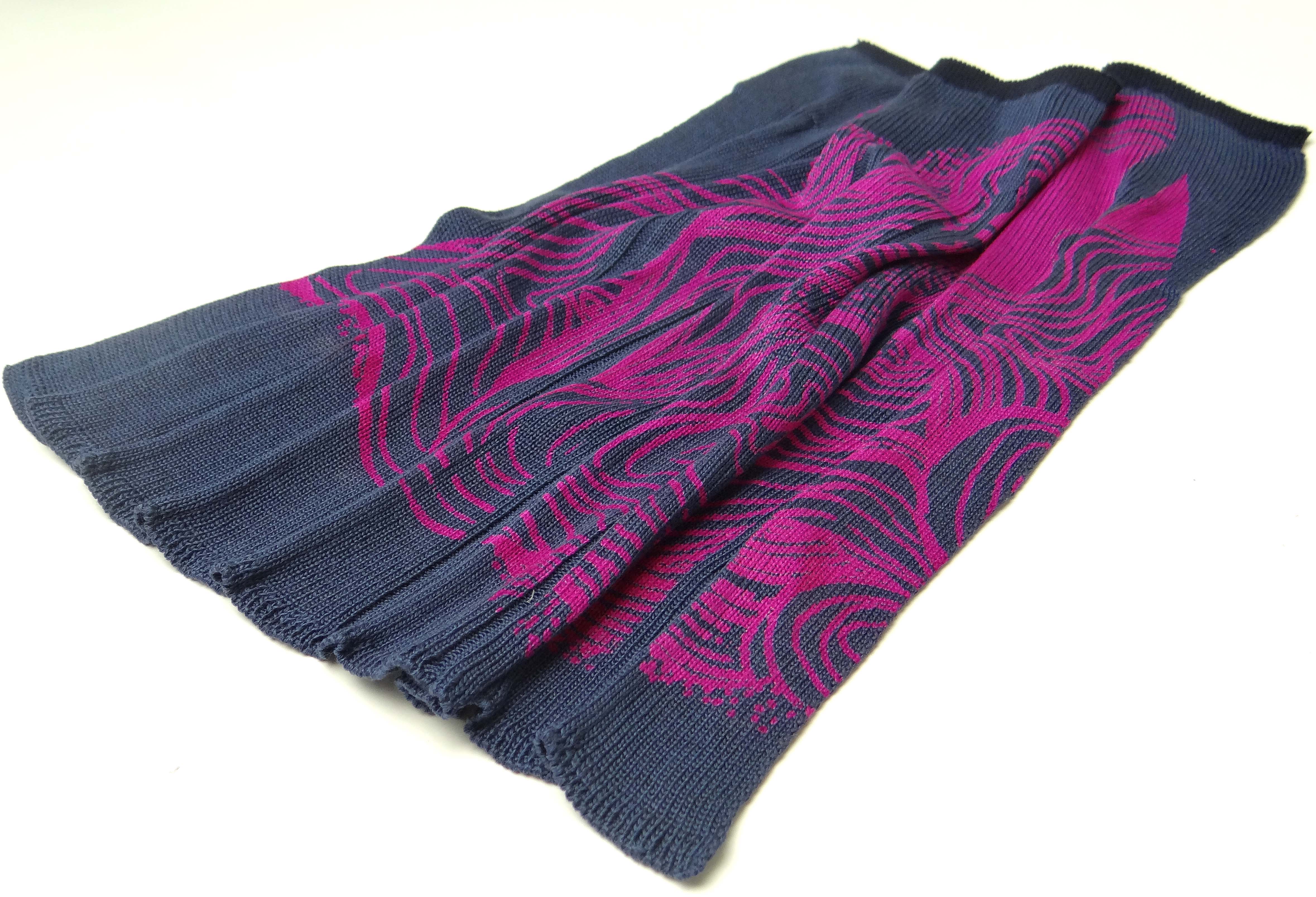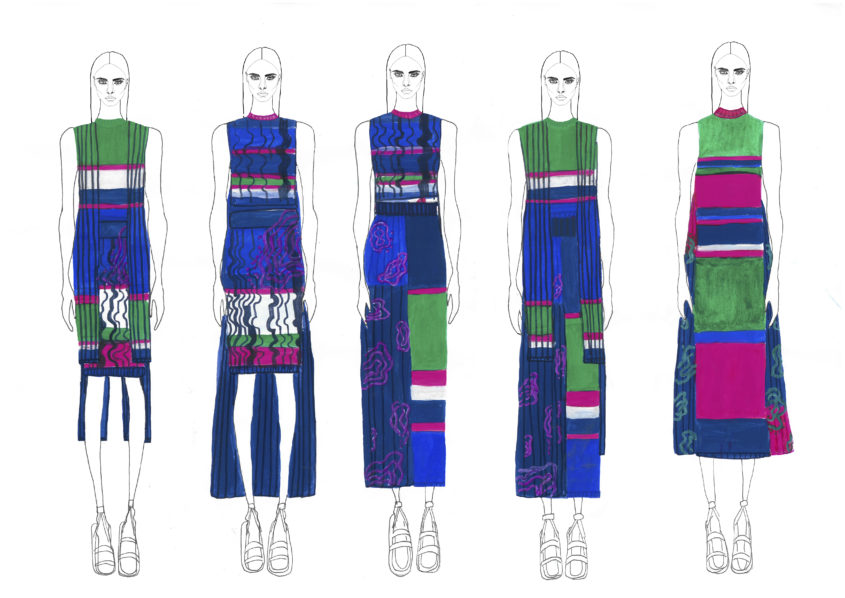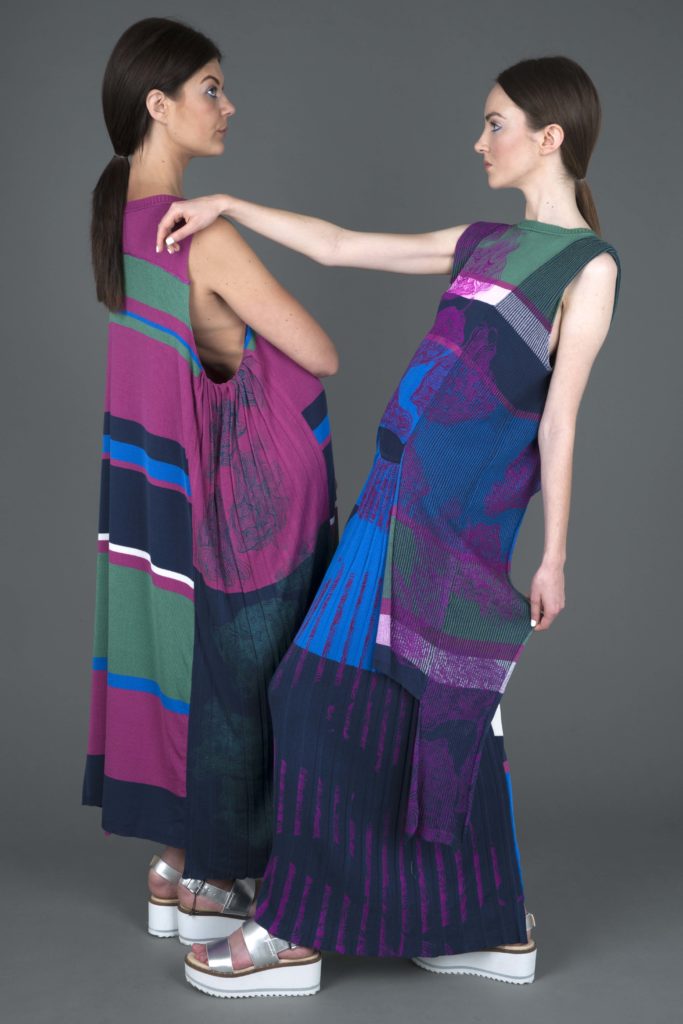
We live our lives in colour. Each one of us perceives colour differently, and how we react to colours might depend on our eyesight, or mood or where we are from. Artists often use colour to explore their thoughts or feelings or their place in the world. Artists in the 20th and 21st centuries have tried to expend the way colour is used, from paint to photography to new materials.

“Strip”, 2011
Gerhard Richter
Digital print on paper between aluminium and acrylic.
In 2011, at the age of 80, he used computer software to divide a photograph of one of these paintings into thin strips, splitting and dividing it again and again.


Ellsworth Kelly
“Yellow Curve” 1996
Oil paint on canvas
Ellsworth Kelly explored colour and shape or ‘from’. He was interested in how we experience his art physically.
Kelly repeated shapes he saw in the world around him, such as shadows or spaces between objects. But his yellow triangle doesn’t represent anything other than what it is. He said the space he was interested in was not the surface of the painting, ‘but the space between you and the painting’.


Benode Behari Mukherjee 1904 – 1980
Born and worked India
Coloured paper collage on card
He was born blind in one eye and when he lost the sight in both eyes he began to make paper collages (like Henri Matisse).
He said he could tell the colour of the paper by touch and his inner eye guided his fingers to create art.


Notes from Tate Modern.

